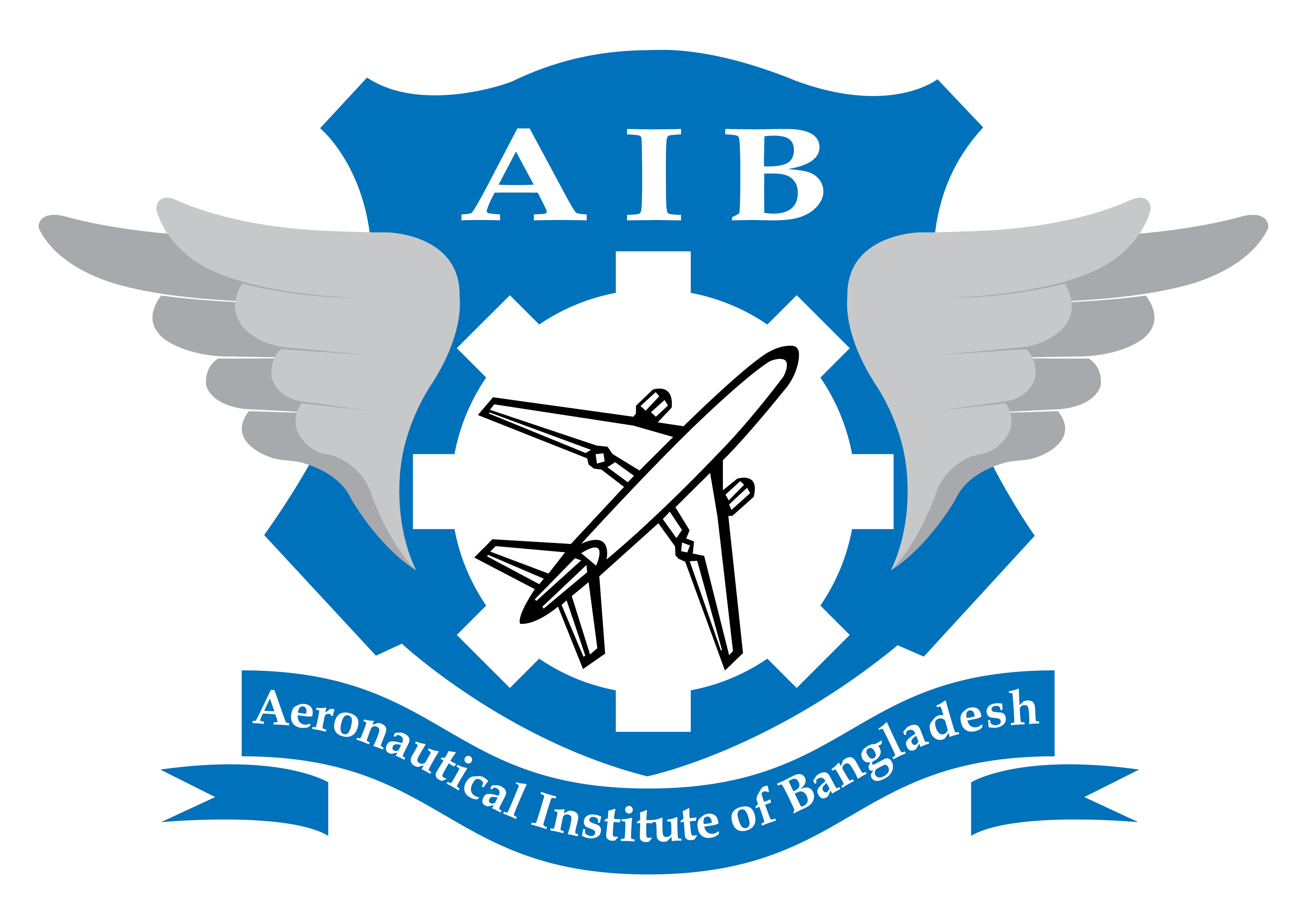
Aircraft Maintenance Engineering (AME)
An Aircraft Maintenance Engineer (AME) is a licensed person to ensure that aircraft are airworthy in accordance with local and international aviation standards. Each aircraft is required to be certified for Airworthy before being accepted by the pilot for a take-off. This certification is required to be carried out by an appropriately license AME who has been specifically trained to inspect and evaluate the airworthiness aspect of the aircraft and its system. Thus, an AME is expected to be a dedicated, knowledgeable and skilled professional. In fact, the lives of the passengers and crew onboard an aircraft vests in the hands of an AME.
Skill and professionalism are infused only upon experience and exposure. An AME, therefore, exposes himself/herself to several such aircraft, engines or systems and extends his/her scope of the license to cover various types of aeroplanes. This is the way of increasing his qualification, skills and market demand through which one goes up the ladder of success in this vast field of the Aviation industry.
There goes a saying ´AME´s are not born, they are made. Hence, a student with an average academic background could as well be crafted into a specialized AME if he has within him, the 3D’s i.e dedication, discipline and dynamism. It is here that he/she is nurtured to graduate as a technical doctor for the AIRCRAFT, its engines, electrical, instruments and Radio systems.
Aircraft Maintenance Engineering (Aerospace/B1)
AEROSPACE engineering is the primary branch of engineering behind the design, construction and science of aircraft and spacecraft. It is broken into two major and overlapping branches: aeronautical engineering and astronautically engineering. The former deals with craft that stay within Earth’s atmosphere, and the later deals with craft that operates outside of Earth’s atmosphere.
Aerospace engineering deals with the design, construction, and application of the science behind the forces and physical properties of aircraft, rockets, flying craft, and spacecraft. The field also covers their aerodynamic characteristics and behaviors, airfoil, control surfaces, lift, drag, and other properties. Aerospace engineering is not to be confused with the various other fields of engineering that go into designing these complex craft. For example, the design of aircraft avionics, while certainly part of the system as a whole, would rather be considered electrical engineering, or perhaps computer engineering. The landing gear system on an aircraft may fall into the field of mechanical engineering, and so forth. It is typically a large combination of many disciplines that makes up aeronautical engineering.
Aircraft Maintenance Engineering (Avionics/B2)
AVIONICS derived from “aviation” and “electronics”. It comprises electronic systems for use on aircraft, artificial satellites and spacecraft, comprising communications, navigation and the display and management of multiple systems. It also includes the hundreds of systems that are fitted to aircraft to meet individual roles; these can be as simple as a search light for a police helicopter or as complicated as the tactical system for an Airborne Early Warning platform.
The cockpit of an aircraft is a major location for display of avionics equipment, including control, monitoring, communication, navigation, weather, and anti-collision systems. Instrumental, Electrical and Radio/Radar Navigation systems are the achievement target for avionics engineering.
